
How to Keep Math Skills Sharp Over The Summer
Previously we discussed ways to keep your teen or child engaged in learning during the summer to avoid the “summer slide”. This blog post extends on the topic of preventing summer slide and staying on top of learning by discussing ways to keep math skills sharp and be prepared for the next school year. Here are some fun and engaging ways to learn math over the summer:

Make it a game:
- Board games like Monopoly or Yahtzee require counting, adding, and following rules. For younger children, simpler math games like Candyland can involve counting spaces and following directions.
Math in motion:
Math and outdoor activities go together well. Head outdoors and use sidewalk chalk to draw a number line and practice addition and subtraction by hopping along it. Measure distances during walks or bike rides.


Tech time with a twist:
Educational apps and websites can turn screen time into math practice. Look for options that are age-appropriate and engaging. There are also many fun and educational math channels on YouTube.
Real-world math applications:
Involve math in everyday activities. Cooking is a great way to practice fractions and measurements. Grocery shopping allows for budgeting and estimating costs.


Short and sweet:
Aim for short, daily bursts of math practice. Even 15-20 minutes a day can make a big difference.
Planning a lemonade stand:
Decide how much lemonade you want to make (and how many glasses that will be). Figure out how much sugar, lemons, and water you’ll need based on the recipe and how much you want to sell each glass for.


Planting a garden:
Research how far apart to plant seeds and how deep to dig holes. Track how much your plants grow each week.
Shopping trip:
Help with the grocery list by making a budget and estimating the cost of items. At the store, compare prices and look for deals. Shopping for the family is a great way to keep math alive in the home.
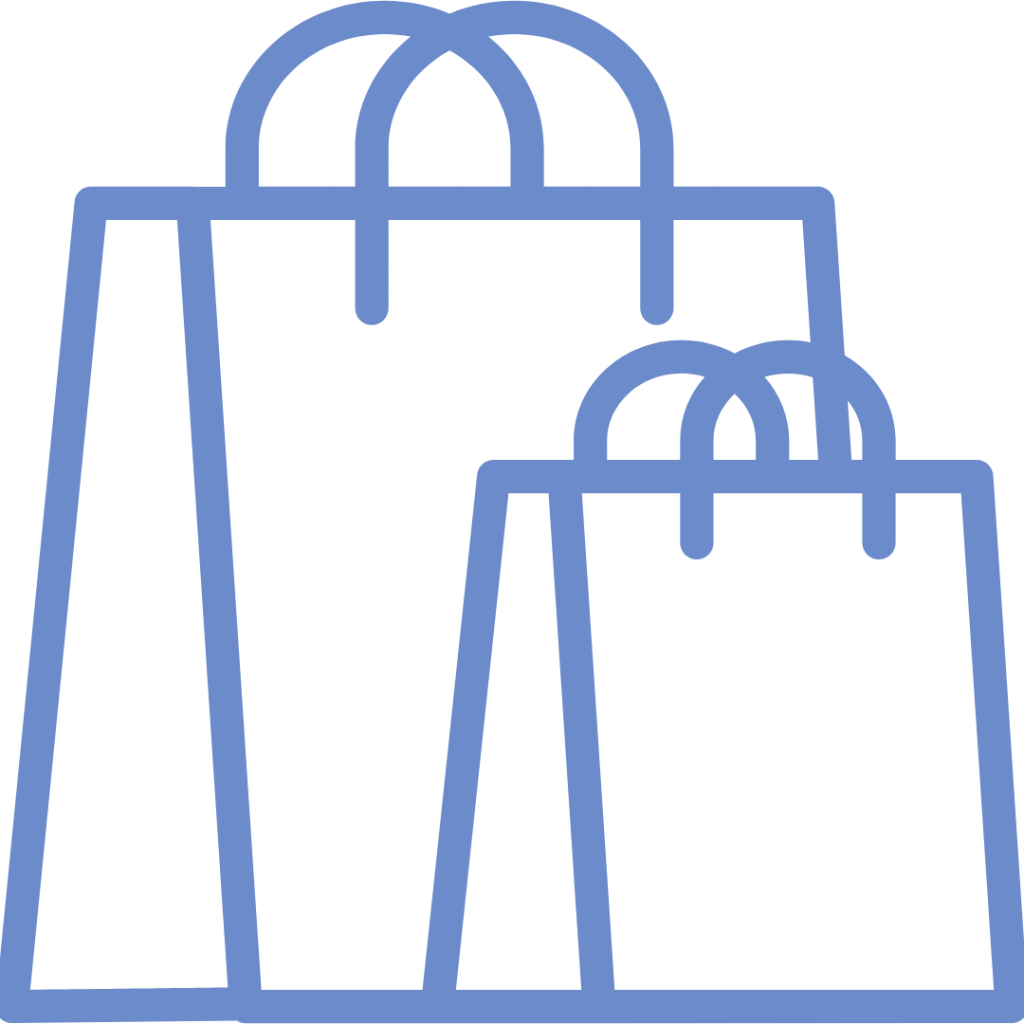
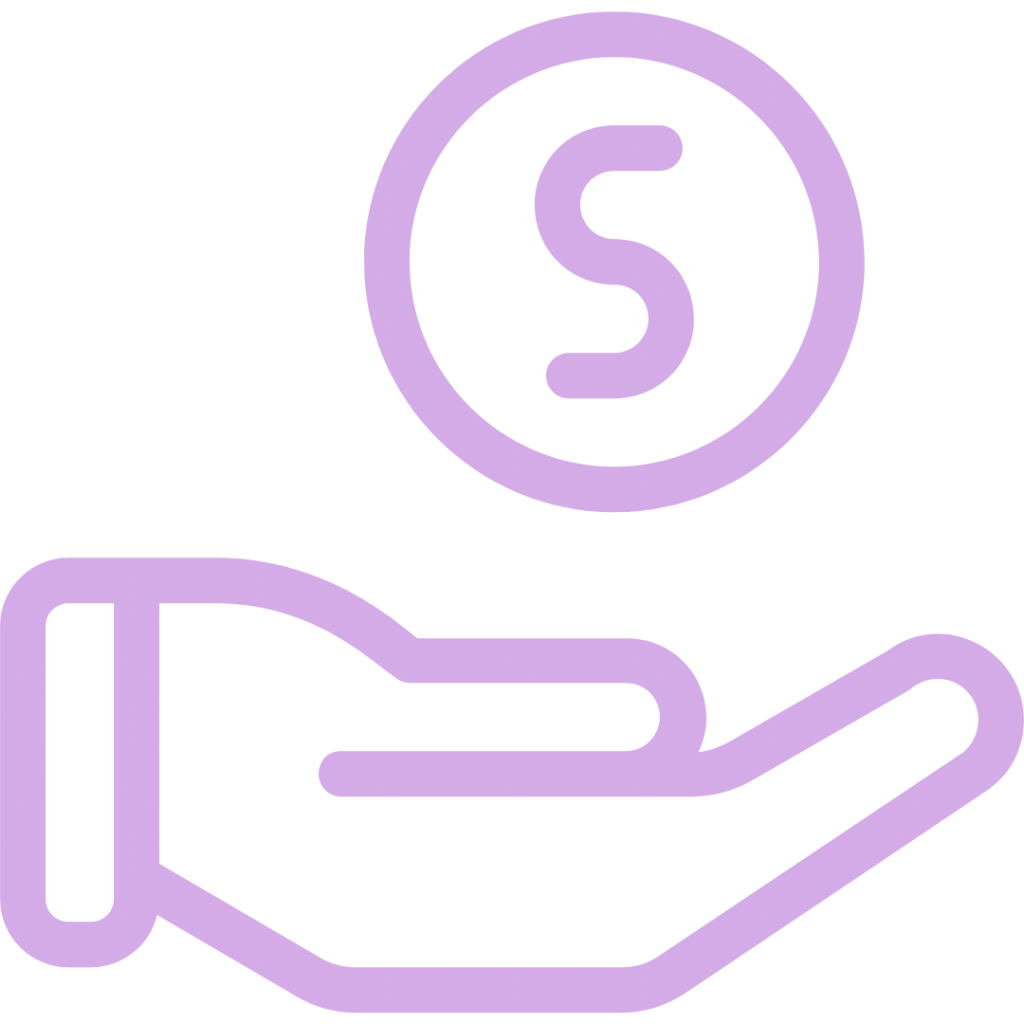
Allowance time:
Decide how much to save and how much to spend. Help your child keep track of their allowance in a piggy bank or simple spreadsheet.
Additionally, The University of Toronto offers a variety of summer math programs for kids in grades 1-10. These programs include: Summer Math Camp (in-person): This program is for students in grades 3-8 and covers a variety of math topics in a fun and interactive way.
Online Math and/or Coding Camp:
Looking for math for kids? This program is for students in grades 3-10 and offers a variety of math and coding workshops.
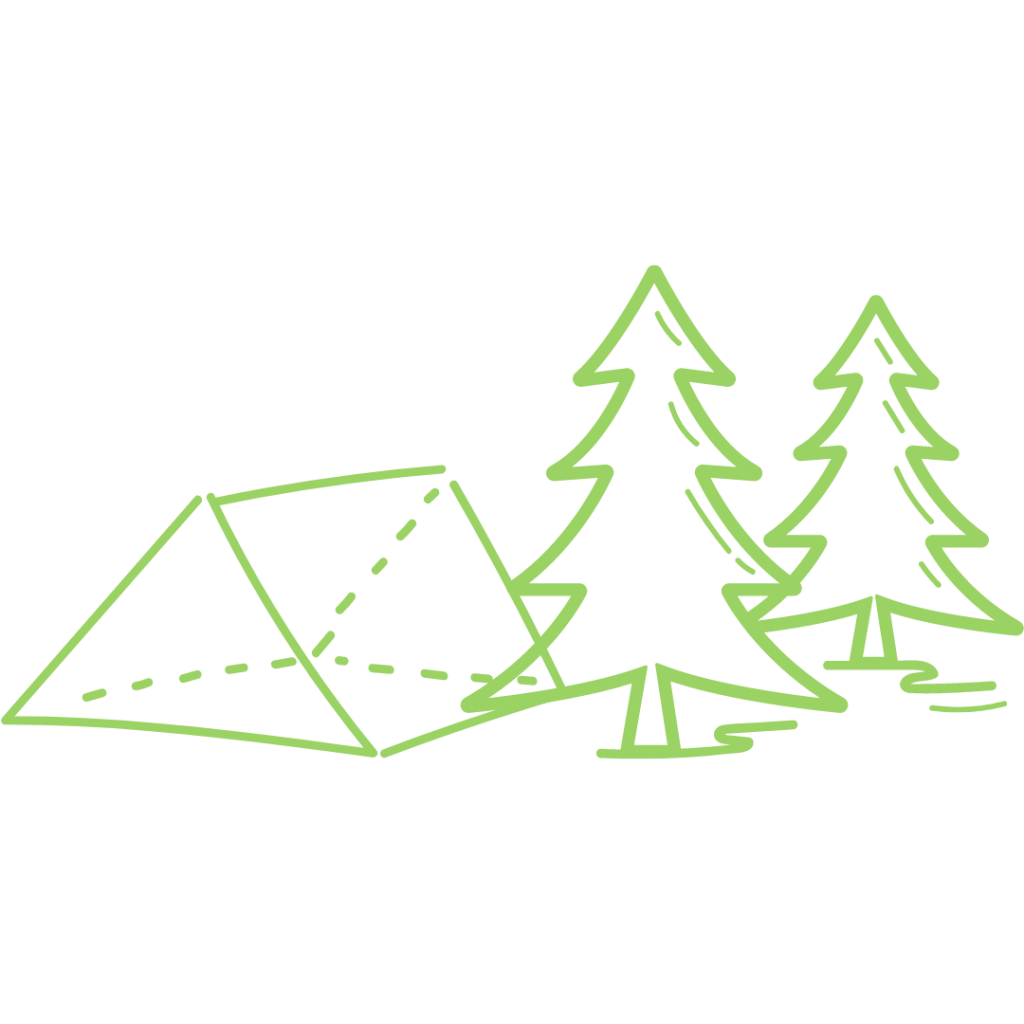
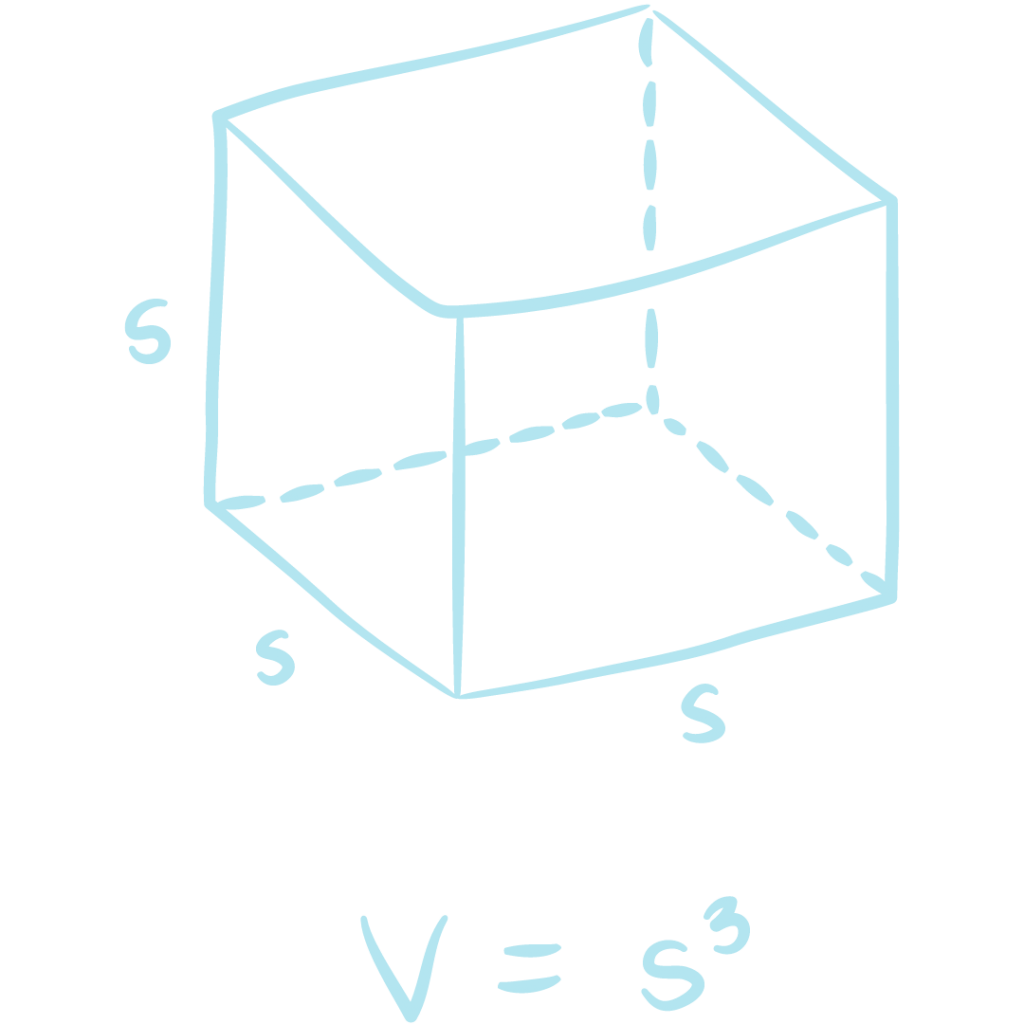
Math Academy (high school):
Looking for math for teens? This program is for highly motivated high school students and covers challenging math topics.
DEEP Summer Academy (high school):
This program is for high school students interested in science, math, engineering, and technology.
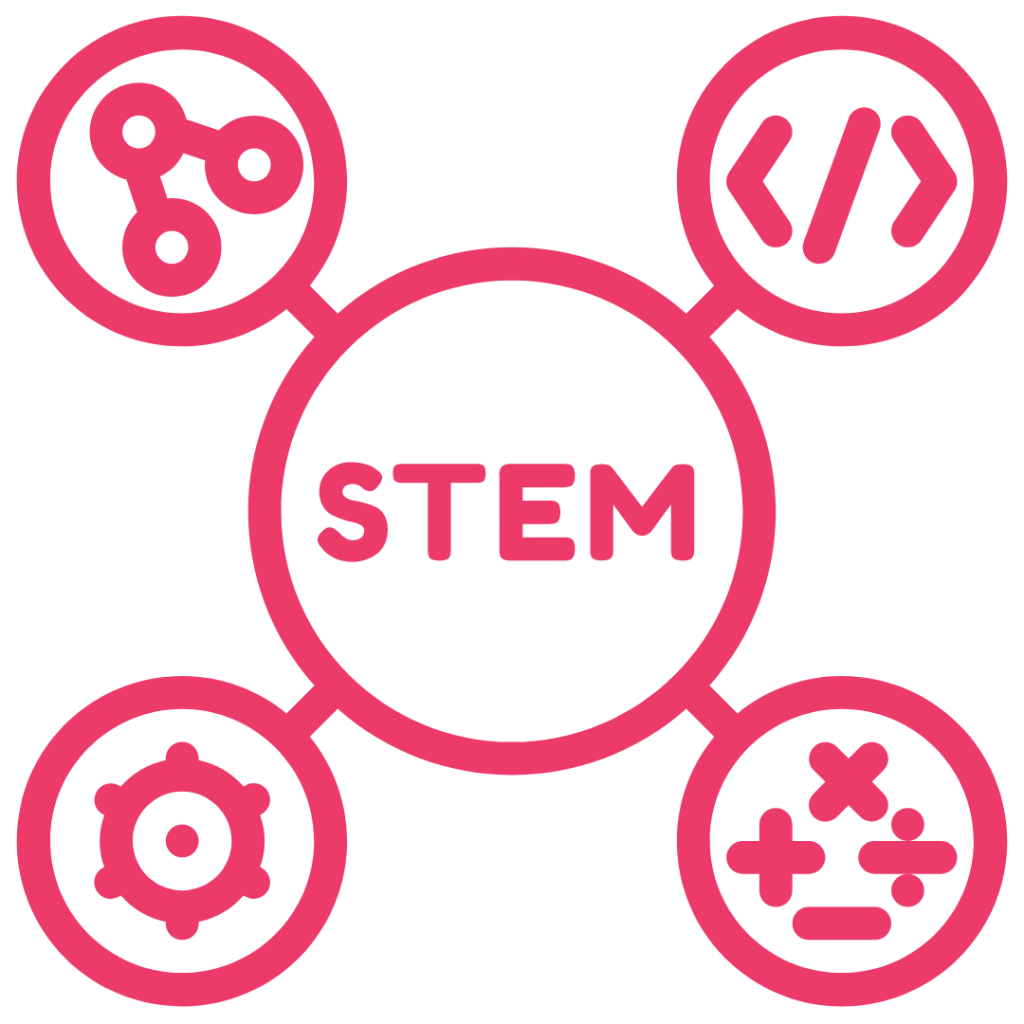
These are just a few ideas to get you started. The key is to find fun math activities for kids and weave math concepts naturally into them. Whether it is online math learning, finding math resources and math programs in the city, or engaging in family math activities outdoors or in the home, before you know it, your child will be a math whiz without even realizing it!
Recent Comments